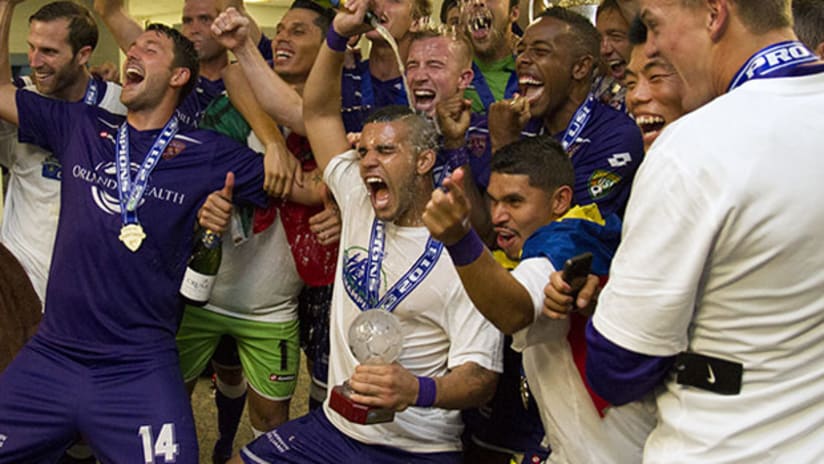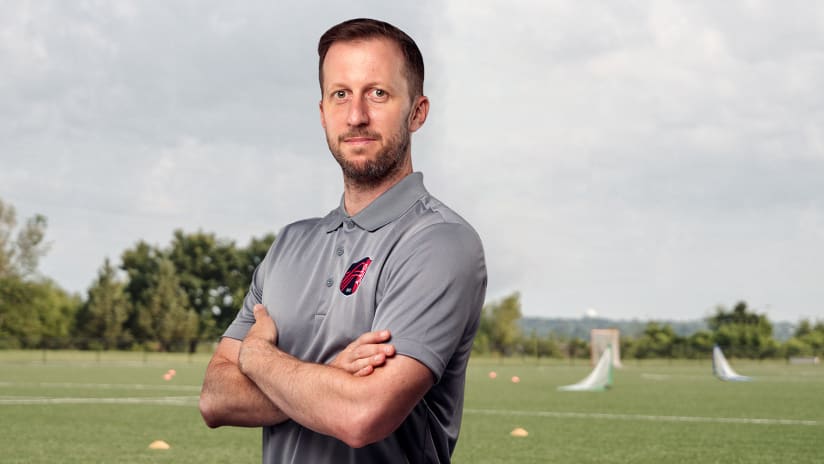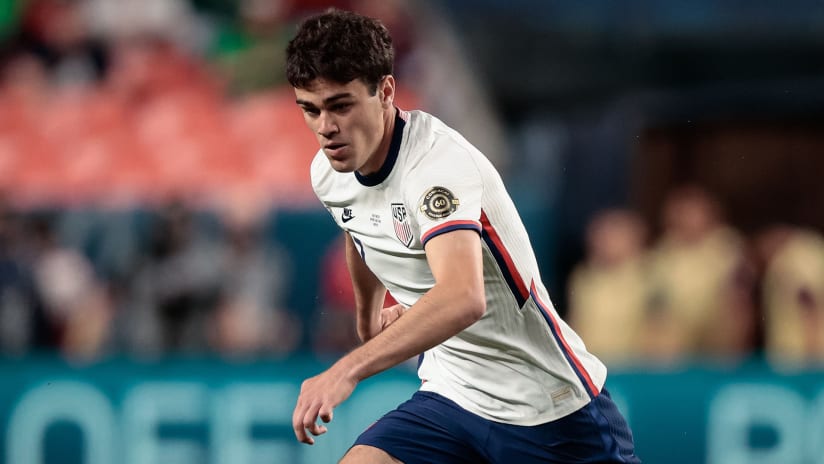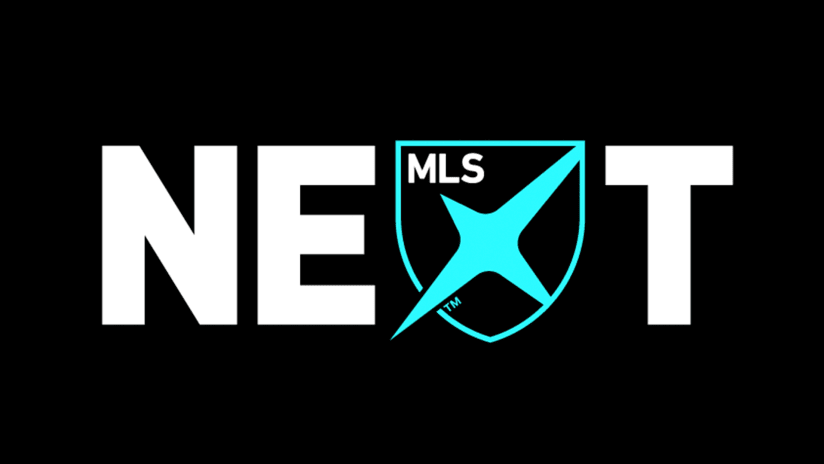It’s not often that the lower tiers of the North American soccer pyramid intrude on the collective consciousness of Major League Soccer.
There are exceptions, obviously. Think about Cal FC in the 2012 US Open Cup, the recent NASL rebirth of the New York Cosmos, Dom Dwyer’s successful loan to USL PRO Orlando City SC last season, or even the fact that Orlando will be the fifth team to join MLS after existing in a lower division, after Seattle, Portland, Vancouver and Montreal. But are MLS fans really paying enough attention to the quickly shifting landscape beneath their feet?
They certainly should be. Look no further than the new aura surrounding USL PRO, the US Soccer Federation’s third-tier league. In 2013, MLS and USL cemented an agreement to integrate MLS’s Reserve League into USL PRO with the hope that by the end of 2015, every MLS club will either own a third-division team or affiliate with an existing club in order to improve player development.
It certainly worked for Dwyer, who started the season on loan with the Lions and eventually bagged 15 goals in 13 league games. He was back in SKC colors by June, scored the series-winning goal for Sporting in the Eastern Conference Championship and started up top in MLS Cup.

“No player wants to move down,” Dwyer told MLSsoccer.com. “Even I had a bad attitude about it when I was told I was going. I didn’t want to go, but I went away, thought about it for a day, and then came back the next day and realized it’s a fantastic opportunity for me…
“I’d definitely say it’s something I’d recommend to guys. It’s pointless [to be upset] if you’re not going to be playing games [at the MLS level.]”
With the new inter-league agreement in place, stories like Dwyer’s are likely to play out again and again with talented young players in MLS, making USL PRO that much more important for the average MLS fan.
Former No. 1 overall SuperDraft pick Omar Salgado, loaned from the Vancouver Whitecaps to the Charleston Battery on Friday, could very well be the next success story.
It also means, however, that the average MLS fan is going to have to learn a lot about an unfamiliar league really quickly.
To explain USL PRO, you need to explain its history, because the current incarnation of the league is very much the product of the turbulent decade that followed the demise of the old NASL in 1984. And with all due respect to both Paul Caligiuri and the 1986 Canadian World Cup team, those 10 years were North American soccer’s Dark Ages.
Of course, there was soccer to be seen, but few teams – or even entire leagues – had anything in the way of staying power. Just as Europe fractured into countless feudal fiefs after the fall of the Western Roman Empire, the post-NASL soccer landscape in North America saw a dizzying array of successor leagues: the MISL, the NPSL, the WSA, and of course who can forget the SISL and SOSL?
Teams and leagues were founded and folded at an alarming rate over the course of a decade, but by 1997 there was at least a semblance of stability. That’s when the slowly dying A-League merged with the ascendant USISL Select League to form a new incarnation of the A-League under the USISL – soon to be USL – umbrella.
There was still plenty of volatility to come, however, when an ownership dispute resulted in eight teams walking out to form the reincarnated NASL, which views itself as a potential big-budget alternative to MLS. The long, nasty breakup that included at least three lawsuits was effectively settled in 2011 when US Soccer granted the NASL Division 2 status and USL merged their first and second divisions to found USL PRO.
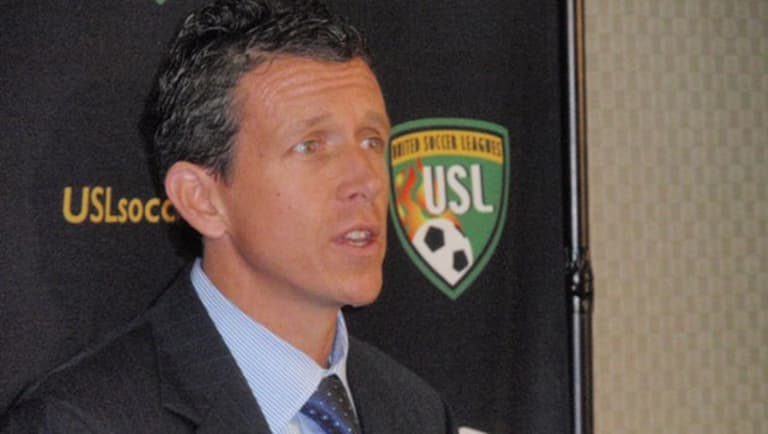
“We spent a lot of time trying to come up with a team economic model, a league structure and a strategic plan for the league’s future growth,” USL president Tim Holt told MLSsoccer.com. “And we’ve built on that year on year. …
"Our role isn’t to be, or to try to be, MLS. Our role is to run the best possible lower division professional soccer league that we can and attract new investors into the sport in different markets in a way that the teams are viable and sustainable over time.”
USL PRO kicked off its inaugural season in 2011 with 12 clubs, some of which are recognizable to even casual North American soccer fans. Six of the teams have roots back to the 1990s – the best-known might be the Battery, who play in the intimate and beloved Blackbaud Stadium – and recent additions in Arizona, Oklahoma City and Sacramento have pushed the league to 14 teams this year.
The fourth season kicks off this weekend.
With the threat of a breakaway league now in the past, a new business model up and running and an agreement with MLS in place, Holt feels confident enough in USL PRO’s prospects that he’s gunning to have 30-40 teams in place by 2020.
Some percentage of those teams will be owned by MLS clubs, and Holt guesses that number will be anywhere between 15 and 40 percent by the end of the decade.
“I think it’s going to be more than one or two,” Holt says. “I think that number is ultimately somewhere between a half-dozen and a dozen.”
The question, then, immediately becomes one of resources. Which MLS teams will decide to kick in and own a USL team, like the Galaxy did by starting LA Galaxy II, the canary heading into the mine?
“It’s been an enormous amount of work in really a short period of time,” Galaxy II head coach Curt Onalfo told MLSsoccer.com. “In our case, we’re creating a brand new entity within [AEG, the LA Galaxy’s ownership group]. Hiring support staff, hiring technical staff, facilities, you name it. It’s like a start-up.”
For the Galaxy, though, it made sense to go through all the trouble. They already have the infrastructure to accommodate a new team – LA II will play most of their games at the track field at StubHub Center, with a few played in the main stadium – and a burgeoning academy system whose products, when they age out, suddenly don’t have a ready supply of quality minutes on the field to improve.
Still, no one knows exactly how this partnership is going to play out on the field. Holt, for his part, adamantly maintains that USL PRO is not a development league, but Onalfo says his goal with LA II is a simple one.
“My objective is to develop players,” Onalfo says. “You don’t want to lose every game, because then you’re teaching someone how to be a loser … [but] if we win every single game, then I think there’s something wrong.”
And so the eternal evolution of minor-league soccer continues. But over the course of four decades, USL and its various ancestor organizations have faced conflict and volatility and beaten it. Whatever lumps it takes in the future, it’s all epilogue to the league’s fight just to be part of the conversation.
And now, with all the potential benefits of the MLS/USL PRO partnership, don’t expect it to go away anytime soon.
“Now if a guy gets loaned down from the first team, he better perform better than the guy who’s already there or else he’s not going to play,” Onalfo says. “Now it matters.”

